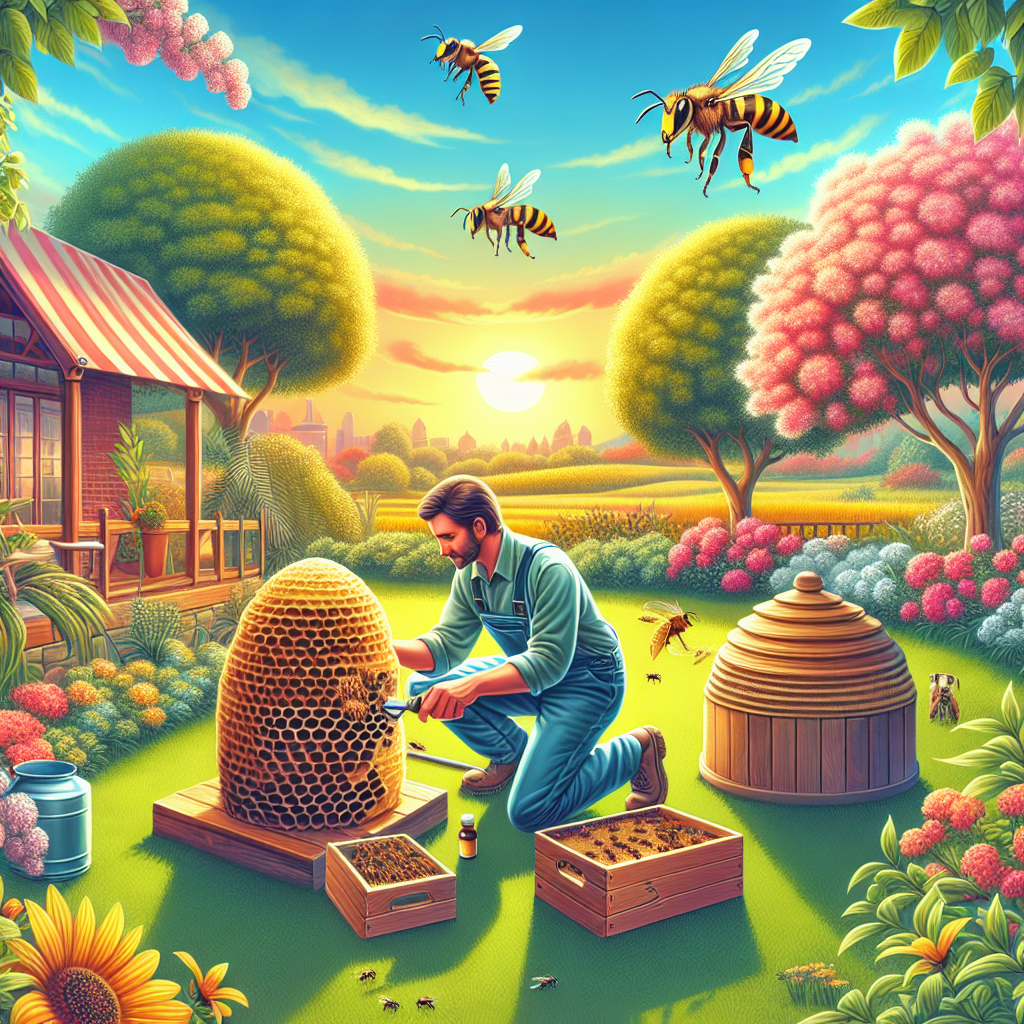Hornissenschimmel: Understanding This Fascinating Phenomenon
Hornissenschimmel, commonly known as hornet mold, is a unique fungal organism that poses both challenges and benefits in its environment. This article delves into the characteristics, life cycle, and ecological significance of hornissenschimmel. By exploring its interactions with insects and plants, we can appreciate its role in our ecosystem.
The Biology of Hornissenschimmel
Hornissenschimmel thrives in specific environments, often found in decaying wood or other organic matter where humidity is high. Its spore structure and growth patterns are intriguing, showcasing a diverse range of adaptations that have evolved over time. Understanding the biology of hornissenschimmel allows us to grasp how it affects both its immediate habitat and the broader ecosystem.
Physical Characteristics
Hornissenschimmel is characterized by its unusual coloration and texture. Typically, it appears as a fuzzy mold, often in shades of white to pale yellow. **This mold can easily be mistaken for other fungal species** if one is not familiar with its specific traits. Key features include a dense growth pattern and the presence of long spore-producing structures. Photographs depicting hornissenschimmel in its natural habitat can provide better recognition.

Life Cycle and Reproduction
The life cycle of hornissenschimmel includes spore formation, germination, and the establishment of new colonies. Under favorable environmental conditions, the spores can germinate and develop into mycelium, leading to further reproduction. The abundance of organic material contributes significantly to the mold’s growth, showcasing its role as a decomposer within ecosystems. For instance, in forested areas, hornissenschimmel plays a crucial part in breaking down wood debris, thus aiding nutrient cycling.

Ecological Impact of Hornissenschimmel
Understanding the ecological impact of hornissenschimmel reveals much about its contributions to both flora and fauna. As a decomposer, it aids in breaking down complex organic materials and recycling nutrients back into the ecosystem. This process is essential for maintaining soil health and fertility, benefiting plant growth and stability.
Interactions with Insects
Hornissenschimmel’s interaction with insects, particularly hornets, is fascinating. *Hornets often utilize the mold as a substrate for their nests*, benefiting from the mold’s presence and the nutrients it provides. This symbiotic relationship highlights the interconnectedness of species within an ecosystem, emphasizing how hornissenschimmel supports both insect life and forest dynamics.

Benefits to Plants and Soil Quality
Plants benefit from the decomposition activities of hornissenschimmel, as their byproducts enhance soil quality. The breakdown of organic matter releases essential nutrients that plants need for growth. By fostering a conducive environment for beneficial microorganisms, hornissenschimmel contributes to a nutrient-rich soil system, enhancing overall plant health. This relationship showcases the importance of fungal organisms in agriculture and horticulture.
Challenges in Managing Hornissenschimmel
While hornissenschimmel provides numerous ecological benefits, it can also present challenges, particularly in urban settings or areas where it becomes invasive. Understanding these challenges is crucial for effective management and conservation efforts.
Management Strategies
To manage hornissenschimmel effectively, it is essential to monitor its growth patterns and understand its environmental preferences. Regular assessments of habitats prone to mold growth can help prevent overpopulation. Additionally, maintaining proper ventilation and reducing moisture in buildings can mitigate indoor infestations. For homeowners, awareness and prompt action can limit mold growth while still appreciating its ecological role outdoors.

Preventive Measures
Implementing preventive measures is crucial in minimizing the impact of hornissenschimmel. Ensuring proper drainage and limiting organic debris accumulation around residential areas can prevent moisture build-up, creating an unfavorable environment for mold growth. Additionally, educating communities about the ecological benefits of hornissenschimmel can foster a more balanced approach to species management and conservation.
Key Takeaways
- Hornissenschimmel plays a vital role in nutrient cycling and soil quality enhancement.
- Interactions with insects highlight the importance of this mold in various ecosystems.
- Effective management strategies can mitigate challenges while preserving its ecological benefits.
- Preventive measures can be taken to control its growth in urban settings without sacrificing ecological balance.
FAQ
1. What is Hornissenschimmel?
Hornissenschimmel refers to a type of mold found predominantly in humid, organic-rich environments. Its primary role is as a decomposer, breaking down organic materials and recycling nutrients into the soil, which significantly benefits plant growth and soil health.
2. How does Hornissenschimmel interact with insects?
This mold has a symbiotic relationship with insects, particularly hornets, which use it as a subsurface material for nests. Their habitat supports the growth of hornissenschimmel, enhancing nutrient accessibility for both parties.
3. Are there any negative effects associated with Hornissenschimmel?
While generally beneficial, hornissenschimmel can become problematic when it grows excessively in urban areas, leading to potential indoor mold issues. Effective management strategies are vital to prevent infestations while appreciating its ecological role outdoors.
4. What preventive measures can be taken against Hornissenschimmel?
To prevent hornissenschimmel growth, maintaining proper drainage, collecting organic debris, and ensuring adequate home ventilation are critical. Community education on its ecological role can also encourage a balanced approach to mold presence.
5. What benefits does Hornissenschimmel provide to plants?
The breakdown of organic matter by hornissenschimmel releases crucial nutrients into the soil, thus enhancing soil quality and promoting plant growth. This process sustains healthy ecosystems and is particularly valuable in agricultural settings.
